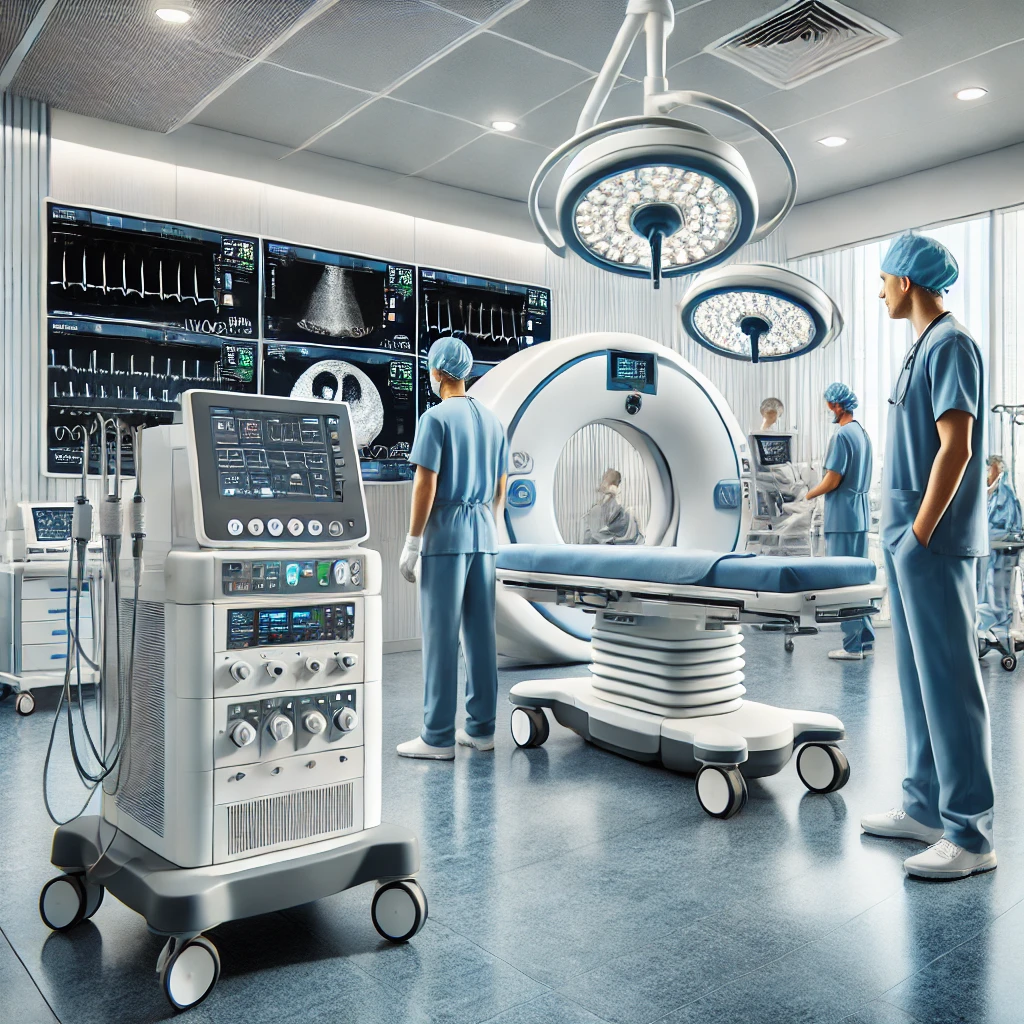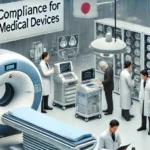

How Refurbished Medical Devices Are Revolutionizing Patient Care
Introduction
In the ever-evolving landscape of healthcare, medical technology plays a pivotal role in improving patient outcomes. However, the high costs associated with acquiring brand-new medical devices often present a significant challenge for healthcare facilities, particularly in underserved regions. Refurbished medical devices have emerged as a viable and cost-effective solution, enabling hospitals, clinics, and diagnostic centers to access high-quality equipment without compromising on safety and efficiency. This article explores how refurbished medical devices are transforming patient care, their benefits, regulatory considerations, and future prospects.
Understanding Refurbished Medical Devices
Refurbished medical devices refer to previously owned equipment that has been restored to meet manufacturer specifications. The refurbishment process includes thorough inspection, repair, recalibration, and testing to ensure the device operates as intended. In many cases, these devices undergo software updates and component replacements, making them comparable in functionality to new equipment.
Refurbishment differs from simple second-hand sales, as it involves rigorous quality control and certification processes. Reputable refurbishing companies adhere to international standards such as those set by the U.S. Food and Drug Administration (FDA) and the International Organization for Standardization (ISO), ensuring the safety and reliability of the equipment.
Cost Savings Without Compromising Quality
One of the most compelling reasons healthcare providers opt for refurbished medical devices is the substantial cost savings. Brand-new medical equipment often requires significant capital investment, which may not be feasible for smaller healthcare facilities. By purchasing refurbished devices, hospitals can allocate resources more efficiently, allowing them to invest in other critical areas such as staffing, patient care programs, and facility improvements.
Despite being more affordable, refurbished devices maintain high performance standards. When sourced from reputable vendors, these devices undergo extensive quality assurance processes, ensuring they function as effectively as their new counterparts. This allows hospitals to provide top-tier medical services without incurring excessive costs.
Expanding Access to Healthcare
In many developing countries and rural areas, access to essential medical equipment remains a significant challenge. Refurbished medical devices bridge this gap by offering an affordable alternative to expensive new technology. Clinics and hospitals in resource-limited settings can acquire advanced imaging systems, ventilators, dialysis machines, and other crucial equipment that would otherwise be financially out of reach.
By increasing accessibility, refurbished medical devices empower healthcare providers to deliver timely and accurate diagnoses, improve patient monitoring, and enhance treatment outcomes. This is particularly vital for conditions requiring advanced imaging, such as cancer detection, where timely intervention can significantly impact survival rates.
Environmental Benefits and Sustainability
The healthcare industry is one of the largest contributors to electronic waste. Discarding medical equipment after a few years of use contributes to environmental pollution and resource depletion. Refurbishing and reusing medical devices help mitigate this issue by reducing electronic waste and promoting sustainability.
By extending the lifespan of medical equipment, refurbishment decreases the demand for raw materials needed for new device production. This contributes to a more sustainable healthcare system by minimizing the carbon footprint associated with manufacturing, transportation, and disposal of medical devices.
Regulatory Considerations and Safety Assurance
One of the primary concerns regarding refurbished medical devices is ensuring patient safety. Regulatory bodies such as the FDA, European Medicines Agency (EMA), and ISO set stringent guidelines for the refurbishment process. These regulations require that refurbished devices undergo rigorous testing, quality assurance checks, and certification before they can be reintroduced into the healthcare system.
Reputable refurbishers follow these guidelines meticulously, ensuring that devices meet original manufacturer specifications. Additionally, warranties and service agreements are often included, providing healthcare facilities with confidence in the reliability and safety of their purchases.
Technological Advancements in Refurbishment
The refurbishment industry has evolved significantly, leveraging technological advancements to enhance the quality of restored devices. With the integration of artificial intelligence (AI), machine learning, and automation, refurbishers can now conduct more precise diagnostics, component testing, and predictive maintenance.
AI-driven analytics enable refurbishing companies to identify potential defects before they cause equipment failure, thereby increasing reliability. Additionally, automation has streamlined the refurbishment process, improving efficiency and reducing turnaround times for refurbished devices to reach the market.
Addressing Common Misconceptions
Despite their benefits, refurbished medical devices often face skepticism due to misconceptions about quality and reliability. Some healthcare professionals worry that these devices may not perform as well as new ones or that they pose safety risks. However, studies and industry reports indicate that high-quality refurbished devices offer performance comparable to new models when properly restored and certified.
Educating healthcare providers about the refurbishment process, quality control measures, and regulatory compliance can help dispel doubts. Many hospitals and clinics worldwide successfully integrate refurbished equipment into their operations without compromising patient care standards.
The Future of Refurbished Medical Devices
As the demand for cost-effective healthcare solutions grows, the refurbished medical device market is poised for significant expansion. Industry analysts predict increased investments in refurbishment technologies, improved regulatory frameworks, and greater acceptance of refurbished devices in mainstream healthcare settings.
Moreover, partnerships between original equipment manufacturers (OEMs) and refurbishing companies are becoming more common, ensuring seamless integration of refurbished devices into healthcare systems. This collaboration enhances transparency, promotes quality assurance, and fosters trust in the refurbished medical device industry.
Conclusion
Refurbished medical devices are revolutionizing patient care by providing cost-effective, high-quality solutions that enhance healthcare accessibility and sustainability. By bridging the affordability gap, reducing electronic waste, and leveraging technological advancements, these devices empower healthcare facilities to deliver exceptional care without financial strain. As awareness and regulatory oversight continue to strengthen, refurbished medical devices will play an increasingly vital role in the global healthcare landscape, benefiting both patients and providers alike.
Add a comment Cancel reply
Related posts


Regulatory Compliance for Refurbished Medical Devices

New vs. Refurbished Medical Devices: Making the Decision

Refurbished Surgical Instruments from Japan: Precision, Quality, and Value
Japan Address
COMFYS JAPAN LLC, R Cube Aoyama 3rd Floor, 1-3-1 Kita-Aoyama, Minato-ku, Tokyo 107-0061,Japan
Africa Address
Comfys International Limited KP Offices, Suite 26 Milimani, Nairobi, KENYA




